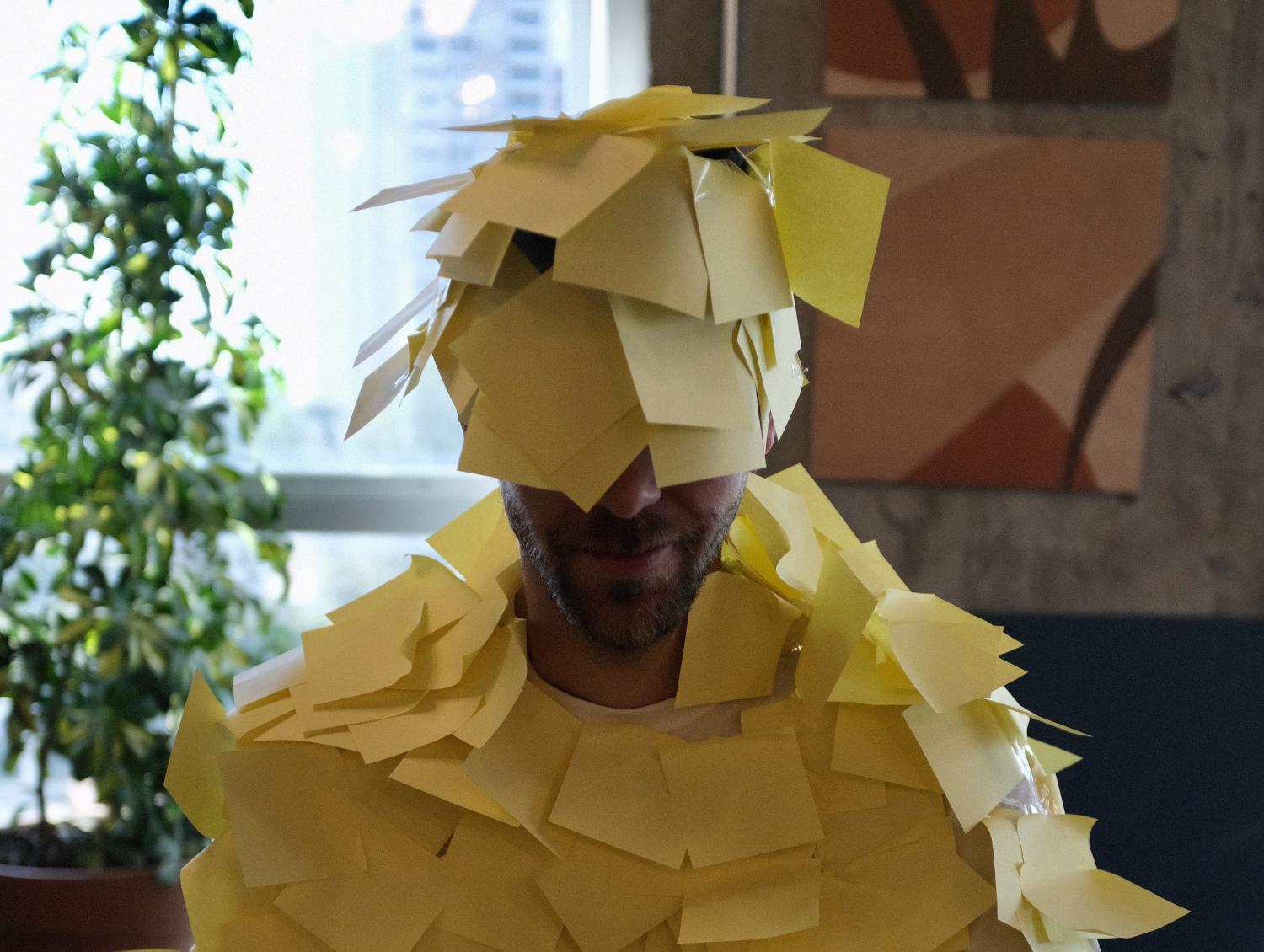How I trick my well developed procrastination skills
6 min read
It took me 10 years to finish my PhD, so I would assume my procrastination skills are not that bad ;) … fortunately, nowadays, I use some basic rules to fight procrastination and have become quite efficient with it. The following three basic rules helped me a lot to organize myself and inject methods like Getting Things Done in my daily routine.
The “Getting Things Done” (GTD) approach by David Allen is just one of hundreds of useful self-organization methods that are out there. If you are not familiar with GTD, you can watch this video first to get a quick intro to it. The two key aspects of GDT in my opinion are:
- Finish every task immediately which takes less than 2 minutes to do
- Categorize tasks by project, time, and context, and store it in a tool that you can trust
I use parts of GTD, the zero inbox method, and I use Remember the milk as my organization tool that I can trust. Only if you can trust a system that will eventually remind you about every task, you can keep your mind free and focus on the task that you are working on. It is not important if it is an old-school paper-based system or a fancy online cloud-based automatically synced software. You should use what works the best for you. I tried several tools and finally, ended up with Remember the milk which is heavily based on the Getting Things Done method but the following rules also work with an old school paper based system, like a block of post-its ;)
Integrate the task list into your daily routine

The downside of all those nice methods and tools is that you have to apply them, which can be of course, postponed as well. Thus, the most important step is to integrate your tool or todo list in your daily routine. Whenever you finish a task, or you’re thinking what to do next, the focus should be on your list. For example, I figured out that I always click on one link in my browser favourites (a news website) or an app on my mobile phone (my email app). Sometimes I clicked hundred times a day, even though, knowing that there can’t be any new emails, as I checked one minute ago. Maybe you also developed such a “useless” habit which should be broken or at least used for something good. So I just replaced the app on my mobile and the link in my browser with my Remember The Milk app which shows me the tasks I have to do today. If you have just a paper-based solution it might be more difficult but try to integrate it in your daily routines, and keep it always in reach. After finishing a task, you should tick it in your system, which also forces you to have a look at the task list again.
Besides checking-in on your task list periodically, there is another crucial routine for a working system – the review cycle. This review cycle, which I usually do every evening, is meant to provide you a doable (no overcommitment) and prioritized list for your next day. This ensures that you can directly start off in the morning with some productive work and not wasting time with reading emails or thinking about what you could do next. In those 15-30min every evening, I review all ongoing projects, new tasks that I added throughout the day, and plan the next tasks for the next day. As I usually just rely on the task list during the day, this review session helps me to zoom out and get the bigger picture of all projects and ongoing things. You should even do a bigger review session from time to time and zoom out even more and look at things from a bird’s view perspective. For me, this takes even several hours or a day and can only be done in a relaxed, chilled atmosphere without any stress.
Shape and Sell it

If you have integrated the task list in your daily routine, you will look at it several times per day or even per hour. Perfect, well done, you will skim through your list and find tasks like “start project X”. I do not know how you feel when thinking about doing this task but for me, it triggers thoughts like: “OMG, this next task is too big, too complex, I will do something else in the meanwhile and will start later with it or postpone it to tomorrow”. To tackle this problem, one important rule of Getting Things Done can be applied: “Define the next step in a project or task”. So the task would be for example, “project X: do research about competitors”. Still very vague. Let’s try to shape my task by coming up with a concrete and catchy punchline and a time estimate or time box. For example, “project X: what is the USP of competitor A,B,C (30 minutes)”. Now it looks way more appealing to me, and I know that I won’t spend more than 30 minutes as it is timeboxed. This way it becomes easier to pick up the task and complete it. No worries if you can’t finish it, you can always create a follow-up for the next day which has the next step as the punchline. Especially the timeboxing helped me a lot as it pushes me to finish the task in time and not go down a rabbit hole. It also guarantees that I can finish the other tasks that I have planned for the day as the tasks are timeboxed.
Create a task for everything

Yesterday, as every day in the last two weeks, I was brushing my teeth in the morning and recognized that I have to replace my quite used toothbrush. It is a quite simple task to buy a new toothbrush, however, every time I go out of the bathroom, this thought and task is gone immediately and during the day I do not think about it. This is just one very mundane example and there are a lot of those tasks that I cannot do right now and forget quite easily. Therefore, I create tasks for everything, even very small tasks (less than 2min), if I can not do it right now or should stay focused on the current task I am working on. I open my app (RTM) on my phone or computer and just quickly type it in. Usually, I do not add any details, classify it, as it is just to store it in the system I trust to figure out later (in the review session) how and when to do it.
The perfect system
It is very important to note that this is my system, it works for me, it has been developed over years and also changes. It also depends on the work that I am doing. When I worked at trivago as an engineering manager I had a completely different approach in comparison to now, when I am working on projects on my own. I have developed my system by mainly getting to know about other systems and then picked whatever I liked. My advice would be to just try it out for a couple of weeks, keep whatever works and throw away what is not working for you. Do not stick to a routine just because it is written in the book of a famous self-organization guru or some random guy’s blog post ;)
Credits
Thanks to Andy Grunwald for all the friendly reminders to try out Remember the milk ;)
Comments & Discussion
- Comments on Hacker News
- Feedback (anonymous) via Constructeev